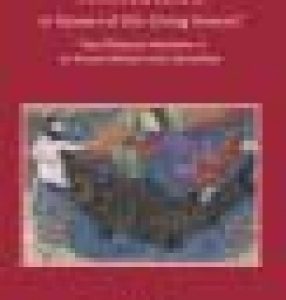
D K Printworld Pvt. Ltd.

653 books

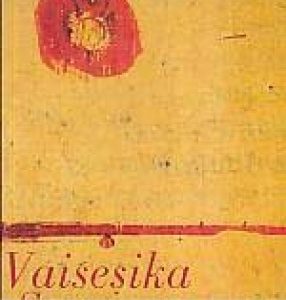
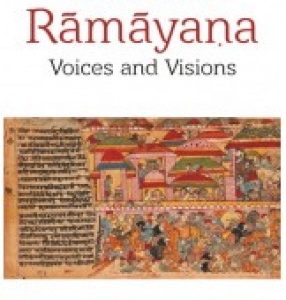
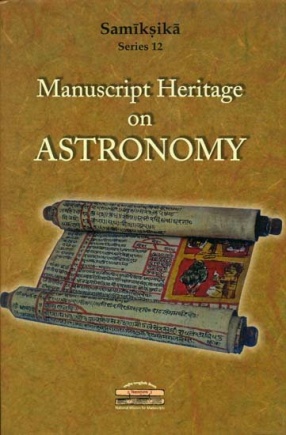

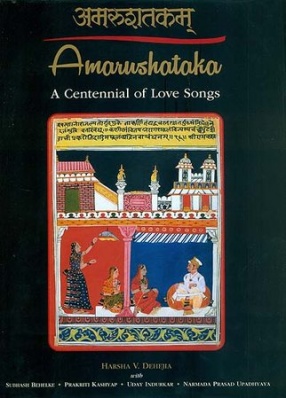

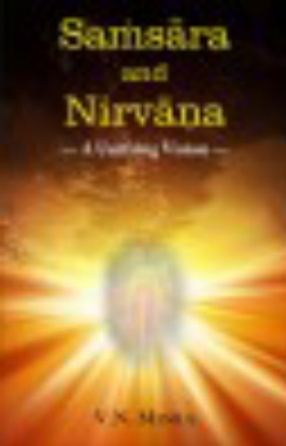
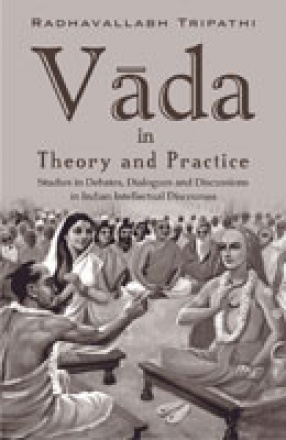
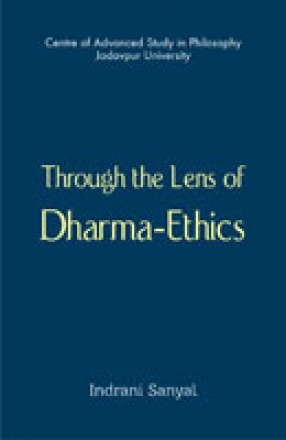
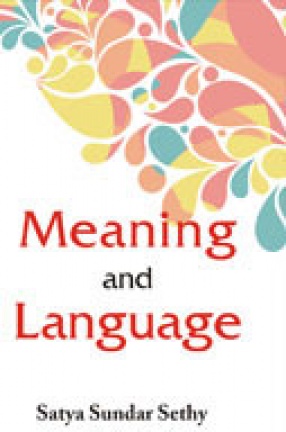

This well-illustrated volume seeks to explain an enigmatic and paradoxical symbolism common to many of the world religions, both polytheistic and monotheistic - that of the cavernous maw of a great monster. Drawing on a broad array of comparative evidence, including examples from Hindu, Buddhist, Jewish, Christian and Islamic religions, it delves on the cross-cultural points of contact that may have contributed to the spread of such zoomorphic hybrids from ...
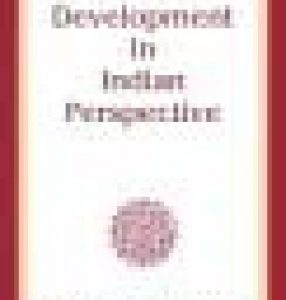
This book, a collection of six lectures Dr Kapila Vatsyayan made at different UNESCO seminars and two reports she prepared for UNESCO, presents, discusses, analyses and prognosticates the varied aspects of human development in India and other developing nations. She has made some commendable observations and suggestions with a futuristic view on UNDP’s “Human Development Report 1990” which defines and measures human development.
Through these ...

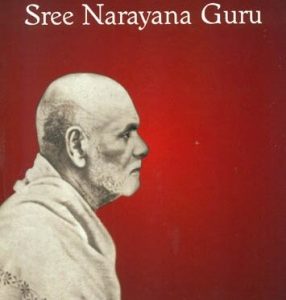
The relevance and importance of the teachings of the saint-poet- philosopher-social reformer Sree Narayana Guru are increasing day by day and have been influencing millions of people all over the world. Of the hundreds of biographies of Guru, this book in three parts is unique as it depicts the life of this spiritual preceptor, chronologically detailing the varied roles he played to change the social, economic, political, religious and spiritual life of the ...

Valmiki Ramayana, the first kavya (poetic composition) and the first mahakavya (epic) of the world, is an inexhaustible fountain of culture and knowledge. It has impacted infinite minds and souls in India and abroad, and continues to inspire and engage creative and critical minds, and will remain so for the ages to come.
Ramayana, along with standardizing Ramakatha, transcends history, geography and binaries of mode of thinking. Its appeal may be discerned from ...
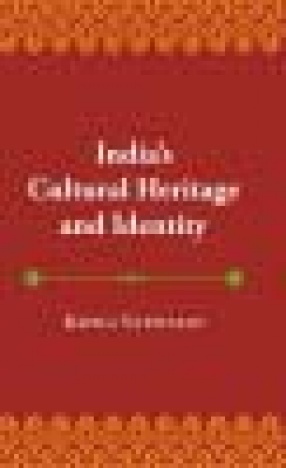
This volume is collection of eight lectures delivered by Dr Kapila Vatsyayan on different occasions, some in the memory of four eminent persons such as Ancharlott Eschmann, an art historian; Dr C.D. Deshmukh, founder of the India International Centre and former Chairman, University Grants Commission; Prof. Birendra Kumar Bhattacharyya, eminent writer social worker and former president of the Sahitya Akademi and Dr D.S. Kothari, the doyen of science and a ...
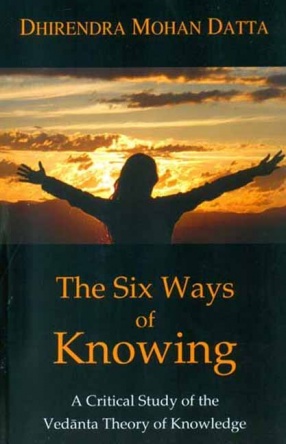
This volume critically examines six epistemological theories of the Advaita school of Vedanta: pratyaksa (perception), upamana (comparison), anupalabdhi (non- cognition), anumana (inference), arthapatti (postulation) and sabda (testimony). To make the study smooth and easy, it deliberates on two other concepts prama (conceptions of knowledge) and pramana (methods of knowing) as these underlie all epistemological discussions.
The book highlights the problems, ...

The experiences and knowledge from our past are recorded in manuscripts which have been handed down to us over several thousand years. The Government of India, through the Department of Culture, took note of the importance of this vast tangible heritage and, in order to preserve and conserve as well as to make access to this wealth easy, established the ational Mission for Manuscripts (NMM). In order to disseminate the knowledge content of manuscripts, the ...

Professors Ramakrishna Rao and Anand Paranjpe are two distinguished psychologist-philosophers who pioneered what has come to be known as Indian psychology. In this authoritative volume, they draw the contours of Indian psychology, describe the methods of study, define the critical concepts, explain the central ideas, and discuss their implications to psychological study and application to life.
The main theme is organized around the theme that psychology is the ...
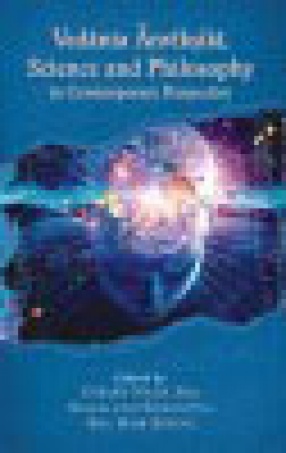
Ancient Indian thought system, well known for its relentless argumentation on varied contentious issues, paved the way for maturing deep philosophical thoughts, and scientific and technological inventions. This volume Vedanta Anvikshiki, Science and Philosophy in Contemporary Perspective, which resonates the current expectations from Vedanta in a fast-changing world, is the proceedings of the 21st edition of International Congress of Vedanta organized by the ...
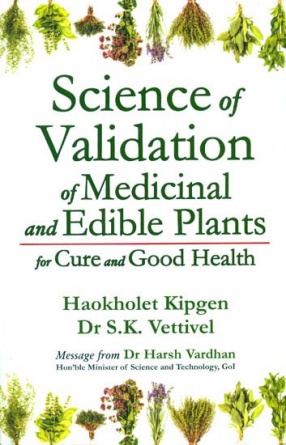
The interest in medicinal plants and edible plants of medicinal value is fast growing, worldwide. Though the classical textbooks on Ayurveda, the Indian traditional health-care system, provide detailed and authentic information on these plants' medicinal and heath values, there lacked scientific validation. Recent researches have shown that these plants cure many a disease or arrest the onset of many chronic diseases including cancer, and incredibly contribute to ...

Amarushataka is considered to be one of the finest poetic creations in Sanskrit in ancient India and is a watershed development In the genre of Shringara Rasa. We do not know who the poet Amaru was, but a number of legends abound and it is believed that he lived in the seventh century. In Amaru’s poetic gems love is not measured but experienced, it is not evaluated socially but felt in the deepest recesses of the mind and heart. He paints the varied moods ...
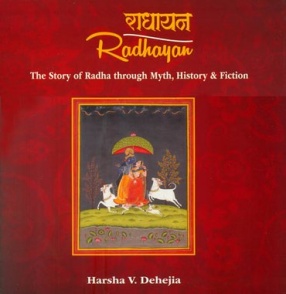
Of all the mythic Hindu pantheon none is more enigmatic and evocative than Radha. Appearing for the first time in Jayadeva's Gita Govinda, where she is the ultimate beloved, she traverses political dynasties, royal ateliers and social barriers to emerge as a consort of Krishna. Brought alive by poets, developing a colourful presence in the hands of painters, dancing through prosceniums and acquiring a lyrical life through songs, both classical and popular, Radha ...
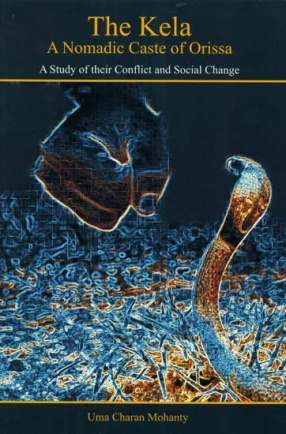
This monograph provides a vivid socio- economic account of a nomadic community, the Sapua Kelas or the snake-charmers of Orissa. Of all the nomadic castes and communities of Orissa, the Sapua Kelas have, perhaps, a unique traditional social organization and interesting lifestyle. Amidst the sweeping social, economic and political changes, the Kela community has retained its features of traditional caste system and is undergoing a process of social mobility which ...

In this groundbreaking study on Sarvamnaya Shakta Tantra in Nepal, Jeffrey S. Lidke combines the study of primary sources with the investigation of living interpretations of these sources by contemporary Nepalese practitioners. Lidke focuses his twenty-year analysis on a specific Tantric tradition - Shri Vidya - a specific deity - Tripurasundari - a specific text Nityashodashikarnava - and a specific set of initiates within a specific locale - the Kathmandu ...

A unifying vision between Samsara and Nirvana has been presented in this study by placing human beings at the centre of the universe. Once this is accepted, the role of God turns to be nothing. This fact is not acceptable to most of the schools of Indian philosophy because of their strong faith in Brahman (God) as the creator of the universe. In that, this study raises the fundamental question. Why Brahman, being the creator, sustainer and dissolver of the ...

The Sanskrit Tradition of Grammar and Linguistics, along with its history, is presented in view of texts and trends, where structure and content of the Ashtadhyayi find their focus on rule formulation, interpretation, and interaction. My proposal of derivation is made in view of what Panini does (acarya-pravritti) with rules of the Ashtadhyayi, and what statements (vyakhyana) were made on a given topic by Patanjali.
My presentation is all tied in with the ...
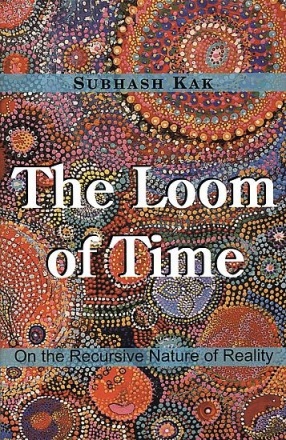
The Loom of Time shows how reality is generated in a recursive fashion and uses this insight to illuminate many puzzles of history and culture. Recursion is at basis of mimicry in nature and germination and development of biological organisms; it also provides structure to mental images of physical systems and human behavior. It helps us make sense of the repeating patterns across cultures and nations, understand the manner in which technology is impacting ...
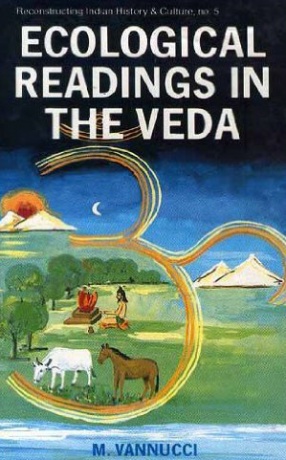
The Vedas are indisputably among the oldest of mankind s documents. Which Dr. Marta Vannucci rummages through to address a highly enigmatic question: How man evolved as Man: thinking, discriminating, thought-communicating? Or, yet more specifically, how did he come to identify cause-effect relationships of living-beings: both among themselves and with their environment? In looking for answers, she discovers profound biological, physiological, and ecological ...

Vada, meaning debates, dialogues, discussions, was the quintessential of Indian spirit, enabling and promoting the growth of different philosophical and knowledge systems of India. It percolated deep into our mindset and enriched the moral, ethical, religious and sociocultural edifice of anything that was essentially Indian in nature. As continuation of Anvikshiki from the bc era, vada helped thrive Indian traditional knowledge systems. It subsists on diversity ...

Notwithstanding the profound and vast dimension of the concept of Dharma as such, Through the Lens of Dharma-Ethics, the author has endeavoured to put forward some of the metaphysical affirmations on which the feasibility of Dharma-Ethics as a discipline reposes. This volume primarily concerns itself with the elaboration and analysis of the Vaidika ethics as one of the exemplars of Dharma-Ethics, to answer the basic question as to why should one be moral.
An ...
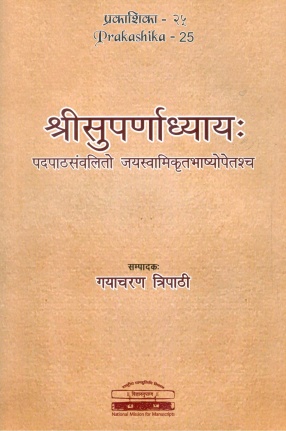
The experiences and knowledge from our past are recorded in manuscripts which have been handed down to us over several thousand years. The Government of India, through the Department of Culture, took note of the importance of this vast tangible heritage and, in order to preserve and conserve as well as to make access to this wealth easy, established the National Mission for Manuscripts (NMM). In order to disseminate the knowledge content of manuscripts, the ...
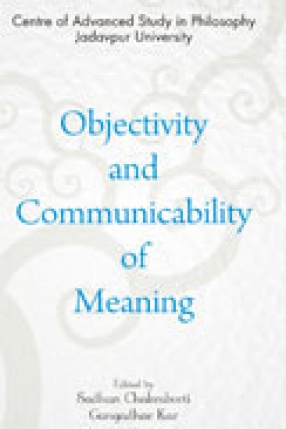
This collection begins with the assumption that communication through language is possible. The moot question it is engaged with is whether the communicability of meaning entails the objectivity of meaning or not. The nuances involved in the idea of objectivity are deciphered and in what sense meaning is objective, if at all, is discussed in the volume.
The articles included in this volume are written from the Western as well as from the Indian philosophical ...

This volume explores the nature of meaning and the way it functions in language. Philosophers such as Aristotle, Thomas Acquinas, John Locke, Immanuel Kant and David Hume had keen interest in the study of meaning, though it was not central to their philosophical inquiry. But the contemporary philosophy takes a radical twist towards language which is characterized as linguistic turn in philosophy. Meaning and its correct characterization are the foremost concerns ...
